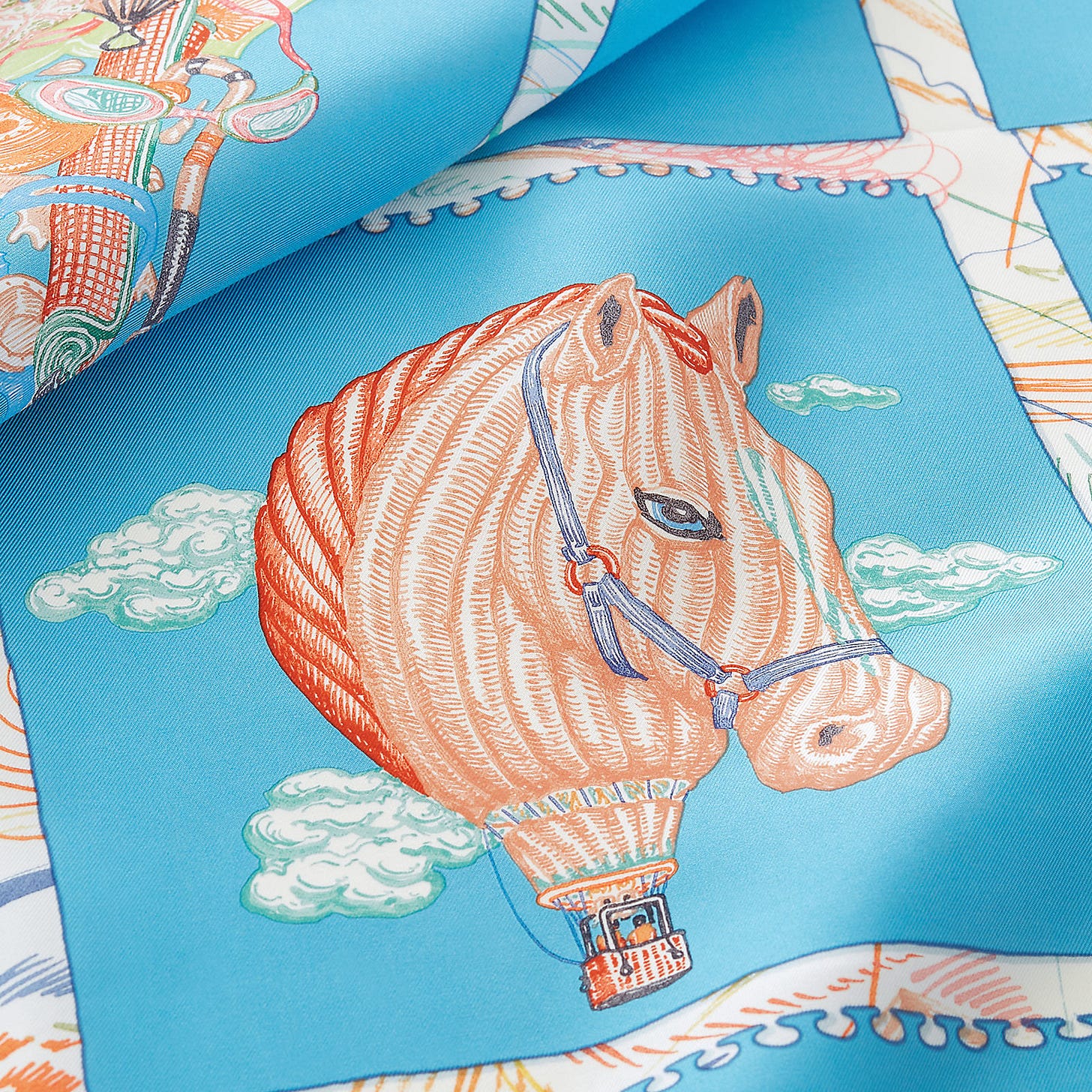The Hermès Economy
The more things change, the more they stay the same
Hermès Birkin bags have seen an average annual increase in value of 14.2%. That’s more than the stock market and gold over a 35-year period. You may wonder what are these bags all about. We do too but it is hard to explain them simply thinking about utility or value.
The origins of Hermès stretch back to 1837, when Thierry Hermès opened a harness workshop in Paris. Specializing in bridles, saddles, and other equestrian gear, Hermès quickly established itself as a provider of the finest leatherwork for European nobility. By the late 19th century, the company expanded its offerings to include travel bags and luggage—a transition that set the stage for the brand’s future as a global luxury powerhouse.
In 1922, Hermès introduced its first handbag (his wife couldn’t find a good bag so he decided to make one), and later expanded into fashion accessories. In 1937, Hermès debuted its now-famous silk scarves, a product that combined the brand’s equestrian roots with a sense of wearable art.
Today, Hermès is still owned by the founding family, a rarity in an industry dominated by large conglomerates. This independence has allowed Hermès to preserve its identity, without feeling any pressure to follow the next hot trend.



